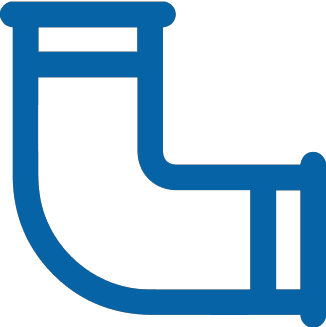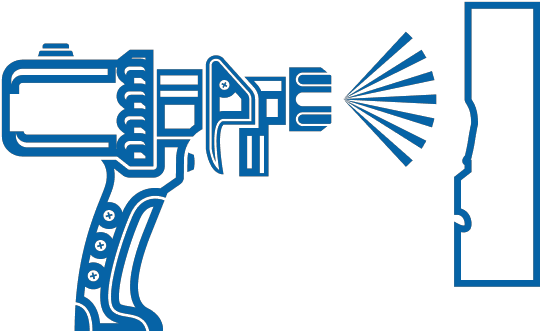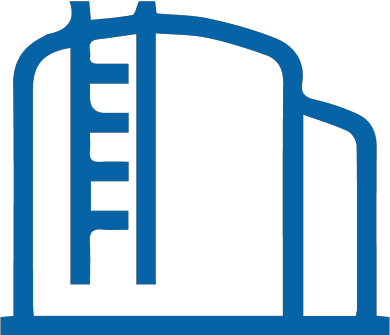REQUIREMENTS FOR A TWO PART SPRAY SYSTEMs
Polyurea is a two-part system that requires mixing the A and B components and spraying them onto a surface. The mixing process requires precision to ensure that the ratio of the A and B components is appropriate. Once the polyurea mixture is ready, it must be sprayed quickly and efficiently. This is where a high-pressure spray system comes in. Polyurea must be sprayed at high pressure to facilitate rapid curing and ensure that it adheres to the surface properly.
Since polyurea hardens quickly, the application process must be as fast and uniform as possible. A high pressure spray system enables the applicator to finish the job faster while ensuring that the polyurea is applied evenly and properly adheres to the surface. High-pressure spraying also ensures that the polyurea mixture is atomized into small droplets, allowing it to cover and bond to every nook and cranny of a surface, even in hard-to-reach areas.







































